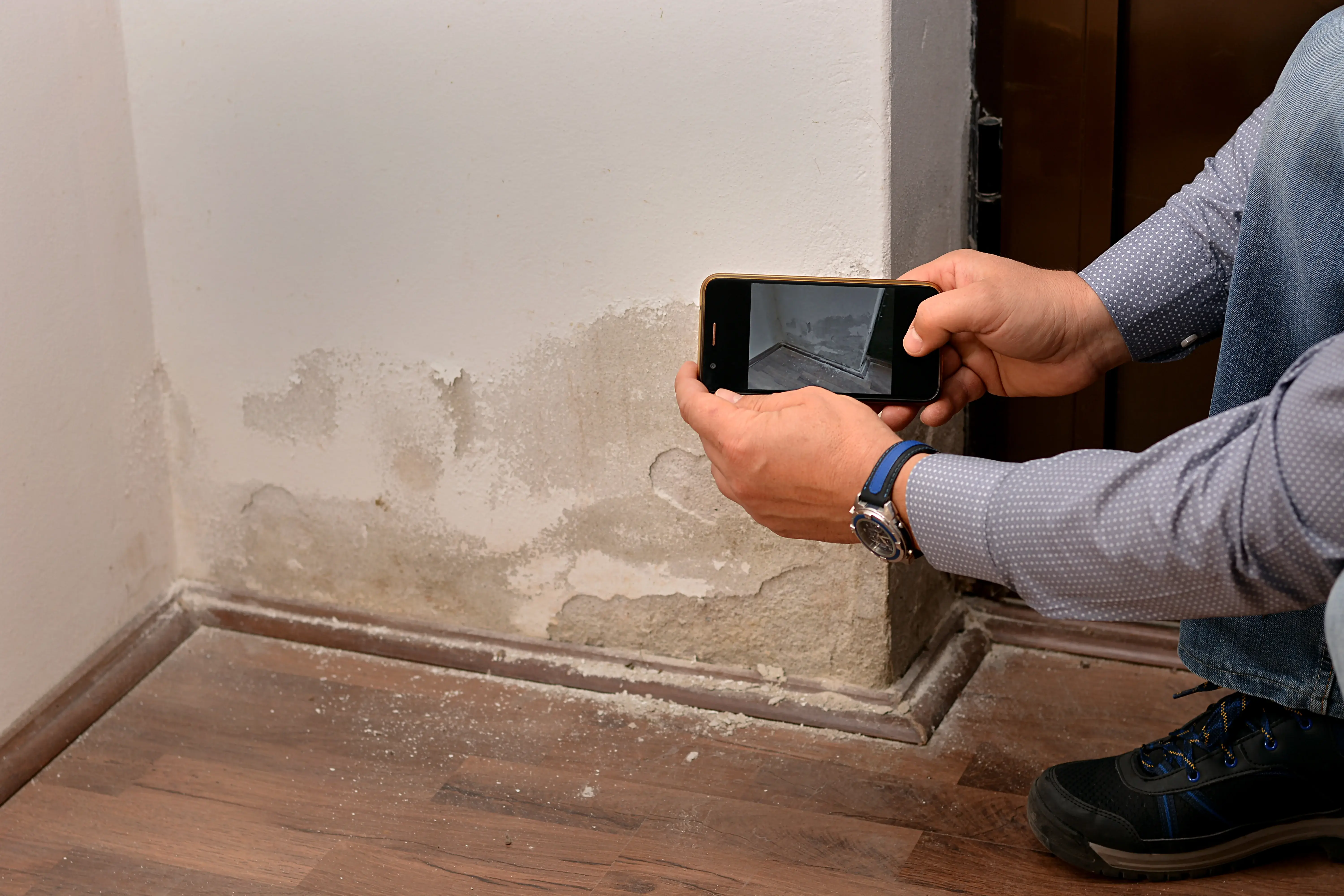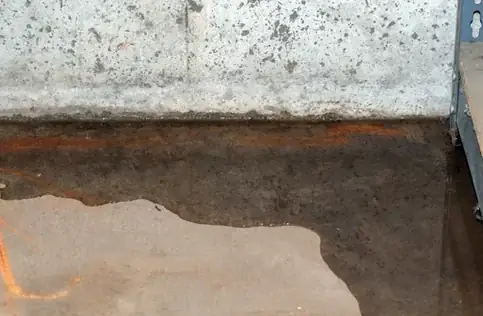Understanding Basement Water Problems
A leaking basement is one of the most common and concerning issues Toronto homeowners face. With our city's clay soil, freeze-thaw cycles, and aging infrastructure, basement water problems affect thousands of homes each year. Understanding why your basement is leaking is the first step toward implementing an effective, long-lasting solution.
Critical Fact
According to the Canadian Mortgage and Housing Corporation (CMHC), basement moisture problems affect up to 40% of Canadian homes, with Toronto's unique geological conditions making basements particularly vulnerable to water intrusion.
The 7 Most Common Causes of Basement Leaks in Toronto
Hydrostatic Pressure
The most common cause of basement leaks in Toronto. When soil around your foundation becomes saturated with water, it creates enormous pressure against basement walls and floors. Toronto's clay soil compounds this problem by preventing proper drainage.
Signs of Hydrostatic Pressure:
- • Water seepage at floor-wall joints (cove joints)
- • Horizontal cracks in foundation walls
- • Water pushing up through floor cracks
- • Basement flooding during heavy rains
Foundation Cracks
Toronto's extreme temperature fluctuations cause concrete to expand and contract, leading to foundation cracks. These cracks provide direct pathways for water to enter your basement.
Structural Cracks:
- • Horizontal or stair-step cracks
- • Cracks wider than 1/4 inch
- • Cracks that grow over time
Settlement Cracks:
- • Vertical cracks in walls
- • Hairline cracks (less than 1/8 inch)
- • Cracks that remain stable
Poor Drainage Systems
Inadequate or failed drainage systems can't handle Toronto's heavy rainfall and snowmelt. This includes problems with weeping tiles, French drains, and exterior drainage.
Warning Signs:
- • Water pools around foundation
- • Gutters overflow or are damaged
- • Poor grading slopes toward house
- • Basement floods during storms
Window Well Problems
Basement windows and window wells are common entry points for water. Poor installation, inadequate drainage, or damaged window wells allow water to pool and seep into your basement.
Common Window Well Issues:
- • Missing or inadequate drainage
- • Cracked or deteriorated window well liner
- • Improperly sealed windows
- • Debris blocking drainage systems
Failed Waterproofing Systems
Older homes in Toronto may have outdated or failed waterproofing systems. Deteriorated membranes, clogged weeping tiles, or inadequate sump pump systems can lead to basement water problems.
Exterior Failures:
- • Degraded waterproof membrane
- • Clogged weeping tiles
- • Damaged foundation coating
Interior Failures:
- • Sump pump malfunction
- • Failed interior drainage
- • Inadequate vapor barriers
Plumbing Leaks
Sometimes what appears to be a foundation leak is actually a plumbing problem. Leaking pipes, water supply lines, or sewer backups can create basement water problems.
How to Identify Plumbing Leaks:
- • Water appears regardless of weather conditions
- • Higher than normal water bills
- • Sound of running water when no taps are on
- • Water near plumbing fixtures or utility lines
High Water Table
Toronto's proximity to Lake Ontario and underground water systems can create high water table conditions. During wet seasons, groundwater levels rise, putting additional pressure on basement structures.
High Water Table Indicators:
- • Persistent basement moisture even in dry weather
- • Sump pump runs frequently
- • Water seepage increases during spring thaw
- • Neighbors report similar basement issues
How to Determine Your Basement Leak Source
Step-by-Step Investigation Process
Document the Problem
Take photos and notes about when, where, and how much water you observe. Track patterns over several weather cycles.
Perform the Plastic Sheet Test
Tape plastic sheets to damp wall areas. If moisture appears on the room side, it's condensation. If it's behind the plastic, it's seepage.
Check Your Plumbing
Turn off all water in your home and check if your water meter is still running. This indicates a plumbing leak.
Inspect Foundation Walls
Look for cracks, efflorescence (white chalky deposits), or active water seepage. Use a bright flashlight for thorough inspection.
Examine Exterior Drainage
Check gutters, downspouts, grading, and any visible drainage systems around your home's perimeter.
Professional Solutions for Different Leak Types
Interior Waterproofing Solutions
- Interior drainage systems and sump pumps
- Crack injection and sealing
- Vapor barriers and dehumidification
- Interior waterproof coatings
Exterior Waterproofing Solutions
- Foundation excavation and waterproofing
- Weeping tile installation and repair
- Proper grading and drainage
- Window well repair and drainage
Prevention Tips for Toronto Homeowners
Seasonal Maintenance Checklist
Spring & Summer
- Clean gutters and downspouts
- Test sump pump operation
- Inspect foundation for new cracks
- Check window well drainage
Fall & Winter
- Disconnect and drain exterior hoses
- Clear snow away from foundation
- Check basement humidity levels
- Monitor for ice dam formation
When to Call a Professional
Emergency Signs - Call Immediately
- Active flooding or standing water in basement
Immediate risk to electrical systems and structural damage
- Structural cracks larger than 1/4 inch or growing cracks
May indicate foundation settlement or structural issues
- Sewage backup or foul odors
Health hazard requiring immediate professional attention
- Mold growth or strong musty odors
Potential health risks and hidden water damage


